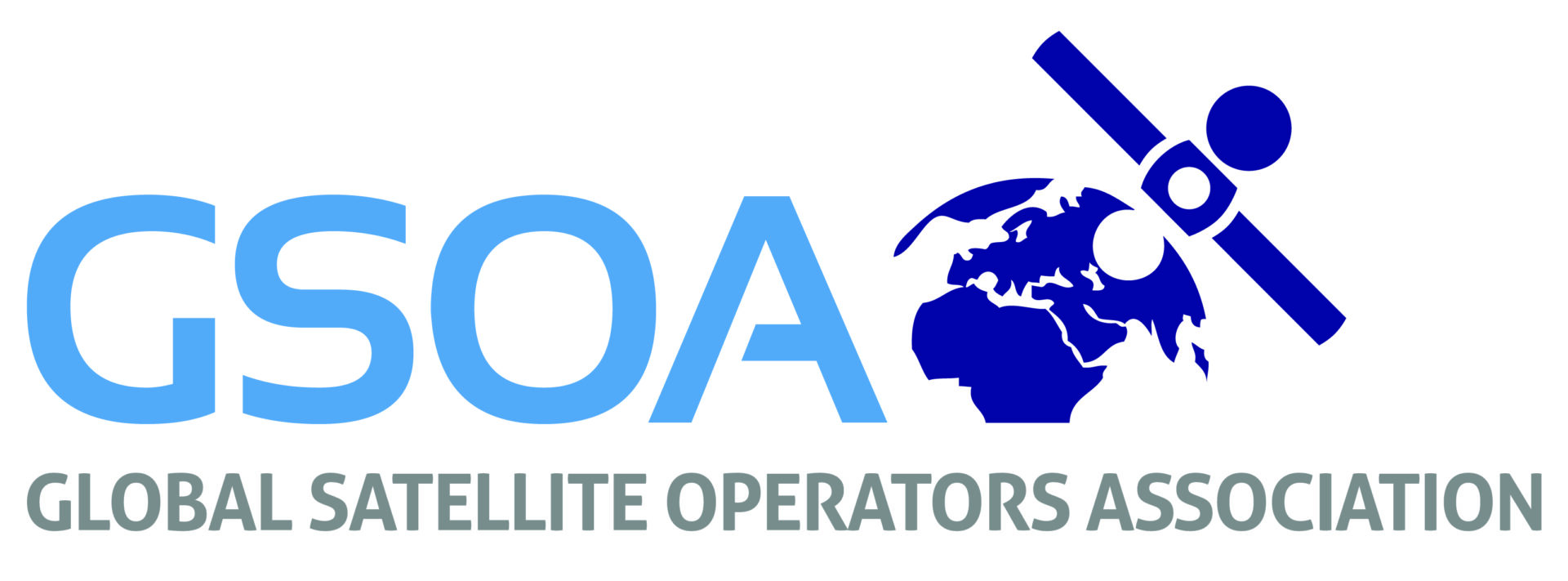Satellite is a wireless communication infrastructure providing broadcast, broadband & interactive services using frequencies that are part of the electromagnetic spectrum. Most are shared with terrestrial wireless systems. The International Telecommunication Union, or ITU, is the United Nations institution whose Member States act together as global spectrum co¬ordinators. The ITU has allocated parts of this spectrum range to specific categories of services, and has identified those frequencies best suited for transmissions via satellite. While some bands are exclusively dedicated to satellite transmission, most are shared with terrestrial wireless services. As satellites transmit concurrently across borders and continents, instantly establishing connections over thousands of kilometres, the identified frequencies must also be available concurrently across the whole satellite footprint. Overall, satellite is one of many users of radio spectrum.

Satellite coverage is always international and some bands are exclusively dedicated to satellite transmission. Satellites transmit simultaneously across borders and continents, and their allocated frequencies must be available simultaneously across the whole satellite footprint to ensure availability of the same services across and beyond the borders.
Different frequency bands are suitable for different climate conditions and types of markets. It is crucial for national, regional and international regulators to recognize that technical limitations prevent satellite services from moving or expanding into alternative bands.
Satellite access to radio spectrum must be upheld as a political priority. The satellite functionality first and foremost depends on international governance of radio spectrum, which goes hand in hand with the unique ability of this infrastructure to reach and connect millions of citizens across borders at any given time.


Spectrum Efficiency
With increased numbers of users, higher demand, and the provision of more bandwidth-intensive services, satellite operators have invested heavily in state-of-the-art technologies that further increase spectrum efficiency:
- The same frequency bands can now be used by more signal amplifiers (called ‘transponders’) resulting in increased transmission capacity.
- Satellites have led the market for switchover from analogue to digital transmission, specifically in television and radio services, thus multiplying the number of channels and programs made available with the same amount of spectrum.
- Satellite operators with different orbital positions share or reuse the same frequencies between each other over the same footprint. The total capacity of each system is increased without increasing the allocated bandwidth.
- The different ‘spot beams’ of one satellite can “reuse”the same frequencies in a manner similar to a cellular network.
- The satellite industry has been a pioneer in trading. Orbital positions are already traded under existing commercial (contractual) law, and as wholesalers, satellite operators lease capacity to third party operators.
Challenges for the Years to Come
Considering the unique reach of satellites and the reliance that both governments and citizens now place on them, ensuring reliable satellite access to radio spectrum must remain a political priority. The following principles are critical:
- Satellite is necessarily a global communications technology. First and foremost its functionality depends on international governance of radio spectrum, which goes hand in hand with the unique ability of this infrastructure to reach and connect millions across borders at any given time. Any political decision made or initiative taken at national or regional level that contradicts international arrangements is irrefutably and directly to the detriment of this industry sector.
- The laws of physics can neither be defied nor ignored. Satellite service providers and users alike from all countries under the footprint depend on the protection of signals that come from outer space. Furthermore, once a spacecraft has been built and launched (a process that takes an average 4 years) its specifications cannot be modified. In order to provide global and vital services, satellite depends on a secure tenure in the form of primary ITU allocation of radio spectrum and the corresponding harmonization of allocation conditions at regional level.
- There is no alternative to the harmonized bands that are used by satellites today; and these frequencies are intensively used due to the success of the satellite sector itself. Further, more harmonized frequencies for planned satellite systems (under construction) are required, and the allocation of additional satellite spectrum remains on the agenda for the next World Radio Conference (WRC).
| S-DAB | L-BAND | S-BAND | C-BAND | Ku-BAND | Ka-BAND | Q/V-BANDS |
|---|---|---|---|---|---|---|
|
1.467 GHz to 1.497 GHz |
1.518 GHz to 1.675 GHz |
1.97 GHz to 2.69 GHz |
3.4 GHz to 7.025 GHz |
10.7 GHz to 14.5 GHz |
17.3 GHz to 30 GHz |
37.5 GHz to 51.4 GHz |
| Satellite Audio Broadcasting to fixed & mobile units | Civilian Mobile-Satellite Services (two-way) | Satellite television & radio broadcasting and mobile BB services including inflight connectivity | Fixed-Satellite television & data services (including broadcasting) | Fixed-Satellite television & data services (including broadcasting) | Fixed-Satellite television & data services including fixed and mobile two way broadband services | Fixed and mobile high-speed broadband services inclunding in-flight connectivity |
